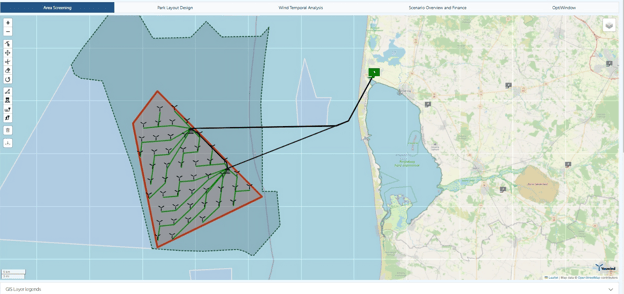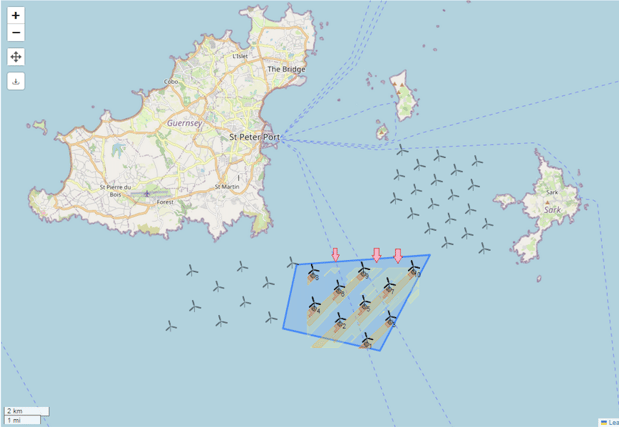We can all agree that the offshore wind energy sector is becoming pivotal in the world's efforts to decarbonize the atmosphere and that renewable energy sources are increasingly more popular. However, we must admit that there are some drawbacks and environmental impacts that are caused by the production of offshore wind energy. In this article we will walk through some of these.
Birds
Wind turbines can pose risks to bird populations, causing disturbances in flight paths and in extreme cases, mortality. Birds may collide with turbine blades, towers, nacelles, and other structures like meteorological masts and offshore substations, resulting in fatal injuries. Several factors regarding wind turbines affect bird mortality:
- Design and Arrangement: The specific design and layout of turbines can significantly impact collision rates.
- Species and Climate: Different bird species and climatic conditions also play a key role.
- Location and Layout: The angle at which birds approach turbines correlates with collision probability.
Marine Species
The construction of wind turbine foundations and towers can increase seawater turbidity and introduce additional structures onto the seabed, potentially harming benthic fauna and flora. Offshore wind farms may also alter local fish distribution and create artificial reefs, impacting biodiversity. Some additional concerns include:
- Noise and Electromagnetic Fields: The development of offshore wind farms, particularly during the construction phase, can greatly increase noise levels and in some cases, create small electromagnetic fields. Both can adversely affect fish and marine mammals.
For these reasons, the early stages of wind park projects require comprehensive environmental assessments to avoid disrupting major habitats and bird migration routes.
In addition to its effects on wildlife, offshore wind farms may also cause other negative externalities.
Effects on visual impact:
Wind turbine towers can be seen from as far as 30 km during days with clear skies. The visual impact is a subjective problem, since people’s positive or negative attitude may depend on their perception of the unity of the environment, their personal feeling towards the effects of wind turbines on the landscape and their general attitude about the wind energy industry.
Youwind's Commitment
At Youwind, we continuously gather and analyze environmental and technical data to avoid areas that may cause these negative impacts on the local wildlife. One significant challenge that exists is accessing comprehensive data for all potential investment areas, as some information is not publicly available or is incomplete. Our objective at Youwind is to build an extensive information library to support sustainable development.

Youwind's Platform Environmental Impact Areas
And to address visual impact concerns, Youwind offers a Park Layout Design module. This feature generates a detailed file showing wind turbines in Google Earth with precise rotor diameter and hub height, oriented towards the prevailing wind direction. This allows for accurate visual impact assessments from any viewpoint.

Youwind's Platform Park Layout Design for Wind Turbine Visual Impact



